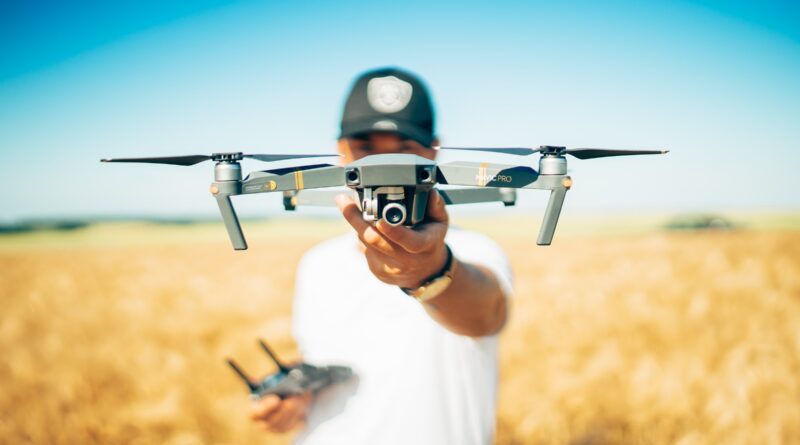Flying a drone can be an exciting hobby, but it’s important to know where you can safely and legally operate your aircraft. Generally, you can fly your drone in most open spaces away from airports, populated areas, and restricted zones. However, specific regulations and limitations vary by location. Let me guide you through the essential information you need to know before launching your drone into the sky.
Spis treści:
General Safe Flying Locations
Local parks and open fields often make excellent locations for drone flying, provided you have obtained necessary permits if required. Public recreational areas, private property (with owner’s permission), and designated drone flying zones are typically safe choices. Remember to maintain visual line of sight with your drone and stay away from other people. Many communities have dedicated flying clubs or areas specifically set aside for drone enthusiasts, which can provide both space and community support for your hobby.
Restricted Areas to Avoid
You must avoid flying near airports, heliports, and emergency operation zones. Most countries prohibit drone operations within 5 miles of airports without proper authorization. Additionally, stay clear of military installations, government facilities, and critical infrastructure such as power plants. National parks often have strict regulations or complete bans on drone usage. During emergencies or special events, temporary flight restrictions may be in place, so always check current notices before flying.
Legal Requirements and Permissions
Depending on your location, you may need to register your drone and obtain proper certification. In the United States, for example, drones weighing over 0.55 lbs must be registered with the FAA, and operators need to pass a knowledge test. Many countries require drone pilots to maintain a certain distance from people, buildings, and vehicles. Height restrictions typically limit flights to 400 feet above ground level. Before flying, check local regulations as they can vary significantly between jurisdictions.
Tools and Resources
Several helpful resources exist to identify safe flying locations. Mobile apps like B4UFLY (USA) or similar tools in other countries can show restricted areas and temporary flight restrictions in real-time. Local aviation authorities often provide online maps marking no-fly zones. Drone clubs and communities can offer valuable information about suitable flying locations in your area. These resources help ensure safe and legal drone operation while avoiding restricted airspace.
Best Practices for Location Selection
When choosing a flying location, consider factors like weather conditions, terrain, and potential obstacles. Look for open areas away from trees, power lines, and buildings. Morning hours often offer the best conditions with minimal wind. Always perform a site survey before flying to identify potential hazards and ensure adequate space for your planned flight patterns. Having a backup location is also wise in case your primary spot becomes unsuitable due to unexpected circumstances.
